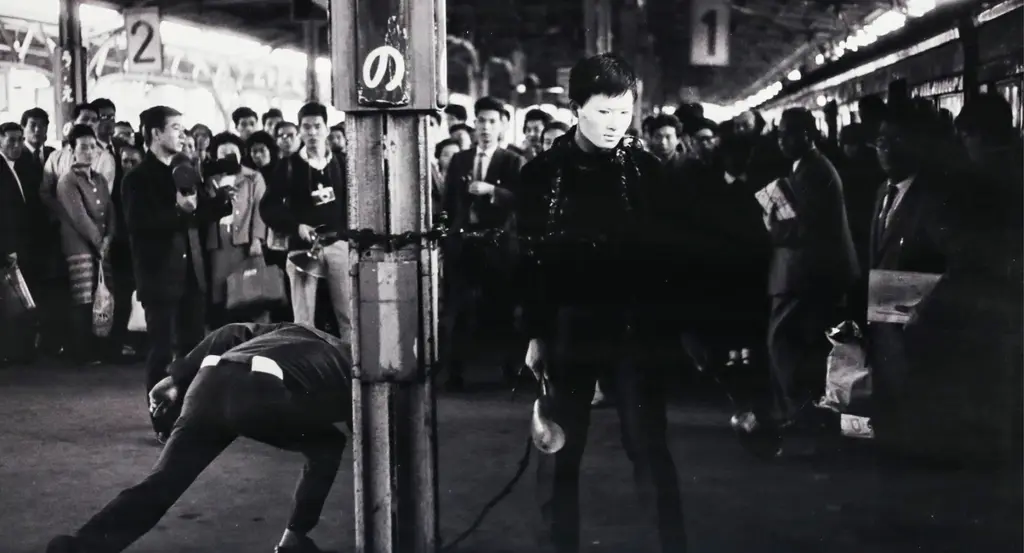A look at the complex personal life of Che Guevara
- Text by Miss Rosen

More than 50 years after his death, Ernesto Che Guevara has become an icon for the fight against Western hegemony around the globe. His decision to continue fighting abroad following the success of the Cuban Revolution sealed his fate. His capture and execution in Bolivia in 1967 at the age of 39 has made him one of the most revolutionary figures of our time.
In celebration of a singular life, Che Guevara: Tú y Todos (Skira) delves deep into the insurgent’s personal life in order to craft a more intimate, nuanced portrait of the man whose face launched a thousand t-shirts.
The book takes its subtitle from the title of a poem Guevara penned for his wife Aleida before leaving Argentina for Bolivia, where he would ultimately die. This intimacy provides the framework in which book editors Daniele Zambelli, Flavio Andreini, Camilo Guevara March, María del Carmen Ariet have framed Guevara’s epic story.
Here, a compelling mixture of reportage, journal entries, archival sketches and notes, photographs, letters, and verse allow Guevara’s epic story to unfold. We are also simultaneously given unfettered glimpses into his state of mind at different points throughout his stunning career.
“Che’s story contains all of those elements that can arouse feelings and emotions in a public that has not chosen to live the peaceful life of conformism,” Daniele Zambelli explains.
“Like a ‘perfect knight,’ Che left behind his relatively wealthy life in Argentina to embrace a life of political engagement in Latin America and to be involved in what may have seemed a desperate adventure, his landing in Cuba in 1956 alongside Fidel Castro, resulted instead in the victory of the revolution in 1959. Although he was celebrated as a symbol of the fight against imperialism, Che chose to go back to the beginning and — as usually happens to heroes in the novels — after a hopeless fight in a remote corner of Bolivia, he died alone.”

It is within these larger-than-life sweeps of history that we meet the man, the multifaceted figure who was not just a comrade at arms, but a family man and friend to those to who he kept close-knit ties.
“Our aim is to arouse a reflection on the story of a man who was undoubtedly out of the ordinary, on his questions, his drives, and on a crucial historical period that can help us to understand today’s world,” Zimbelli adds.
“From this level of narration emerges the man, the intensity of the questions Che asked himself to make the difficult choice between the fight against social injustice and the pain of being away from his loved ones and from a safer, quieter life. But it is in the private images of his family and his childhood that you can discover a person, a man, someone like yourself.”

The guerrillas Hermes Peña Torres, José Argudin, Guevara, Rodríguez de la Vega, Pablo Rivalta, and Aleida March in the Fort of La Cabaña, 1959.

After about three months travelling in Africa and China, Guevara returns to Havana. He had already decided to support the revolutionary movements in the Congo and to reach Africa in incognito, he changes his appearance. Havana, 1965.

© Alberto Korda. Che in Camagüey testing the new machinery for the harvest of the sugarcane, 1963.

Che Guevara while crossing Lake Tanganyika on his return trip from the Congo, 1965.

© Alberto Korda. Che during the funerals of the victims of the explosion of La Coubre, 1960. This portrait has become the symbol of the “heroic guerrilla” as well as the icon of an epoch.
Che Guevara: Tú y Todos is available now on Skira.
Follow Miss Rosen on Twitter.
Enjoyed this article? Like Huck on Facebook or follow us on Twitter.
Latest on Huck

Capturing joy and resilience in Istanbul through tumultuous times
Flowers in Concrete — As protests break out across Istanbul, photographer Sıla Yalazan reflects on the 2013 Gezi Park movement, and capturing beauty as the city has undergone economic change and political tension.
Written by: Isaac Muk

A new documentary explores Japan’s radical post-war photography and arts scene
Avant-Garde Pioneers — Focusing on the likes of Daidō Moriyama, Nobuyoshi Araki, Eikoh Hosoe and many more, the film highlights the swell of creativity in the ’60s, at a time of huge economic change coupled with cultural tensions.
Written by: Isaac Muk

BODUR: “I’ve always spoken out rather than assimilating”
What Made Me — In this series, we ask artists and rebels about the about the forces and experiences that shaped who they are. Today, it’s SWANA-championing pop experimentalist BODUR.
Written by: BODUR

No one captured Greenwich Village’s heyday like Fred W. McDarrah
Pride and Protest — As the first staff photographer for the legendary Village Voice, the documentarian found himself at the heart of the Beat Generation, the Gay Liberation movement, and the AIDS pandemic. A new exhibition dives into his important archive.
Written by: Miss Rosen

Krept & Konan cover Huck’s new digital issue, focusing on our home city
The London Issue — As we gallop into a hyperconnected age, we think it’s never been more important to engage with our local surroundings. So, we’ve put together a special magazine, exclusively for our Apple News subscribers, to celebrate London and its unending vibrancy.
Written by: Isaac Muk

On the sidelines with Rise United, the football club redefining Asian identity
Football, family style — Blending creativity on and off the pitch, the London ESEA+ grassroots team is providing its burgeoning community with spaces to express, and be, themselves.
Written by: Isaac Muk